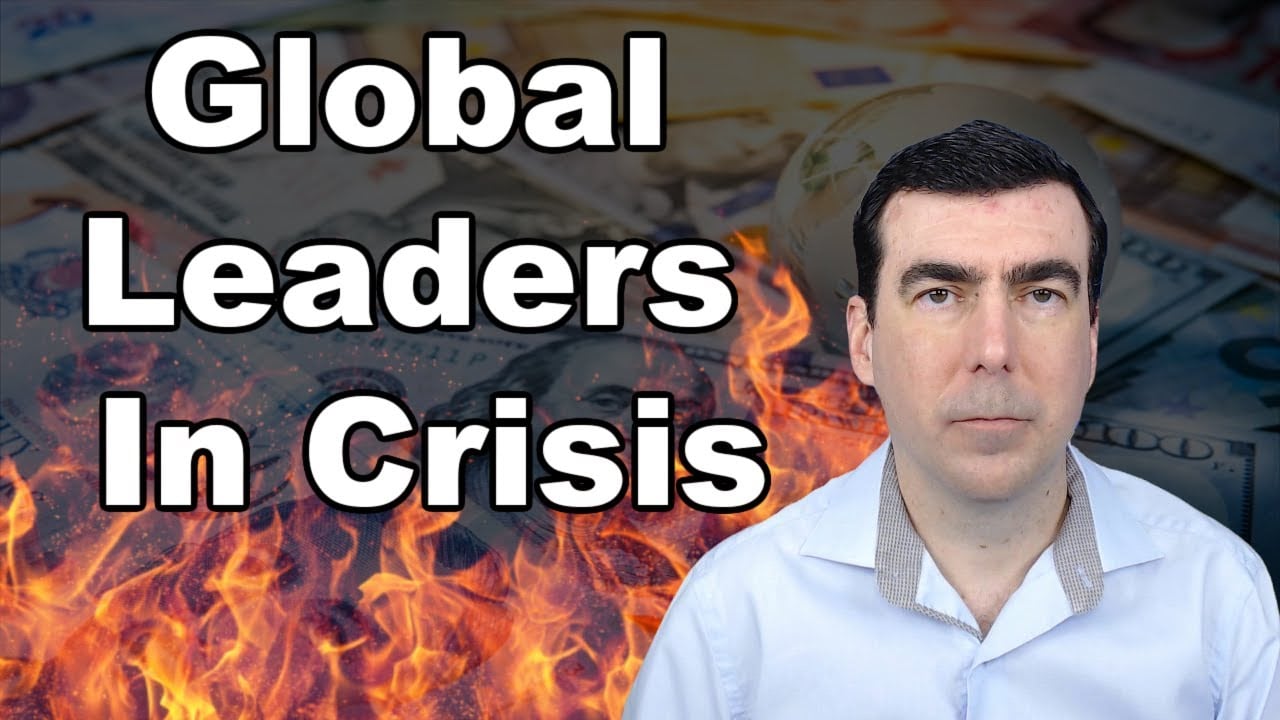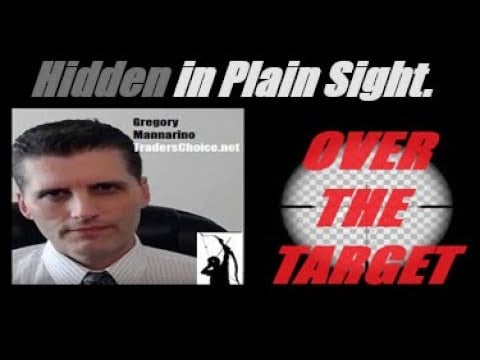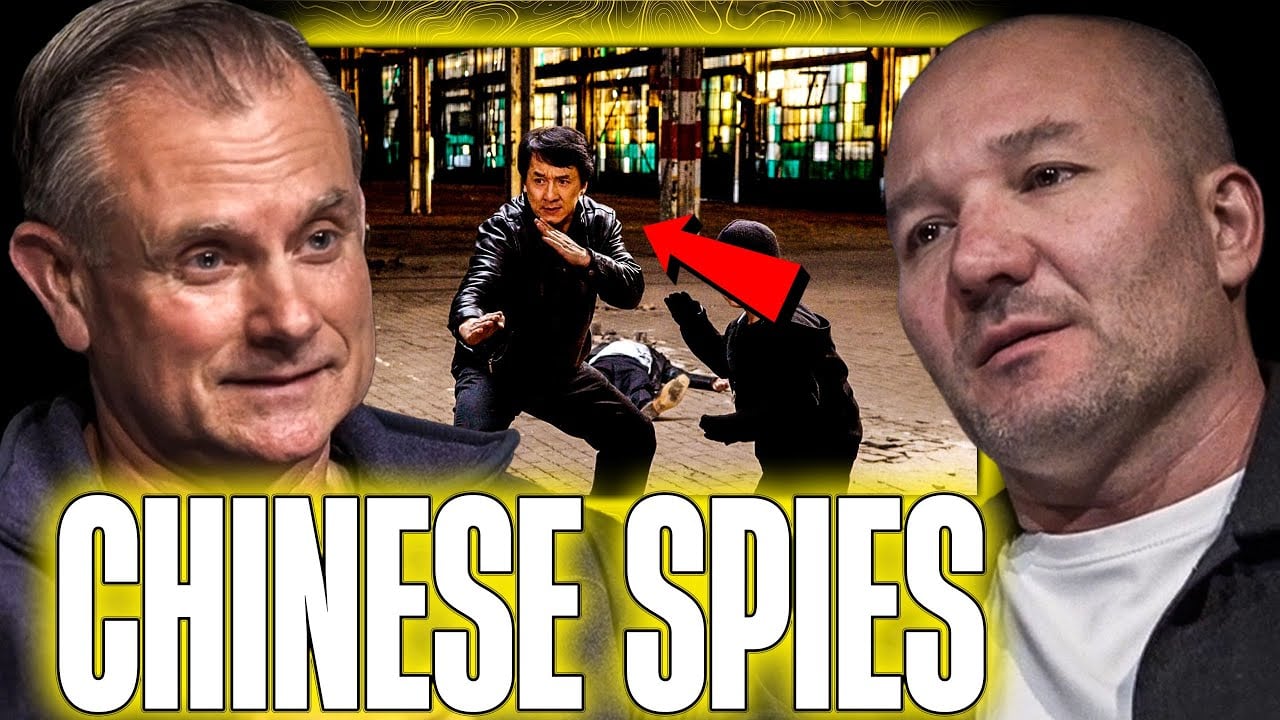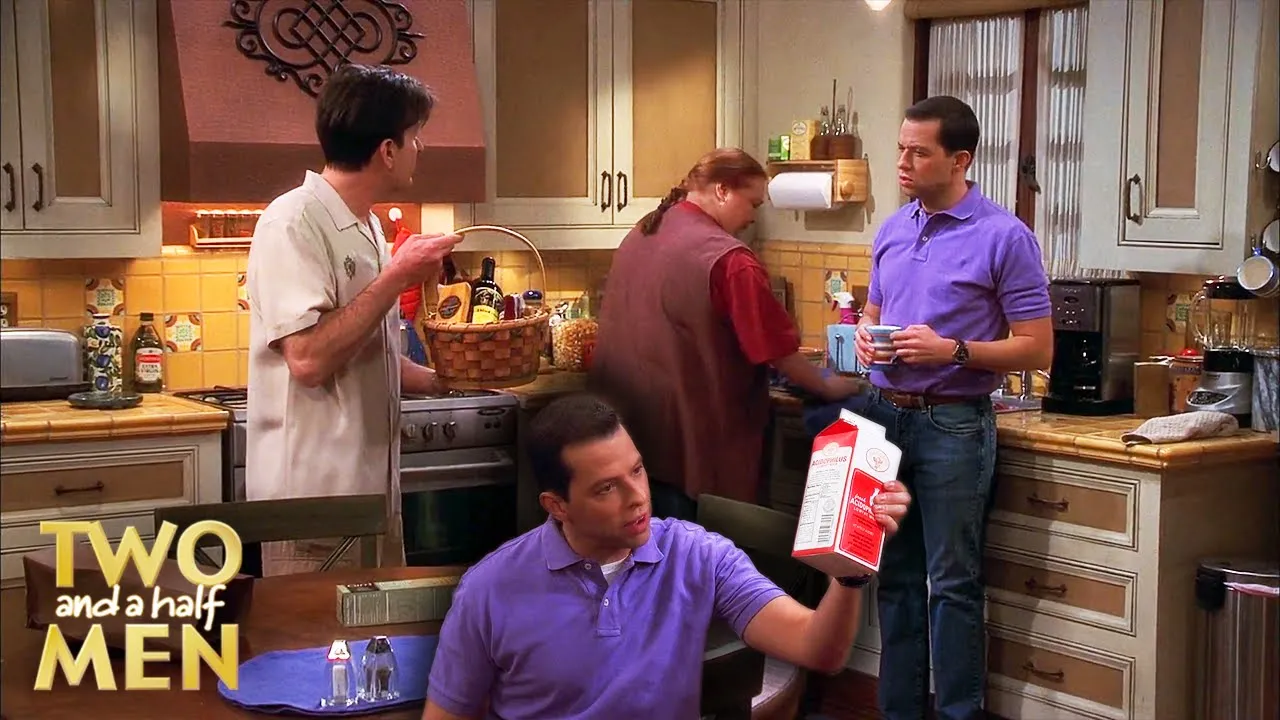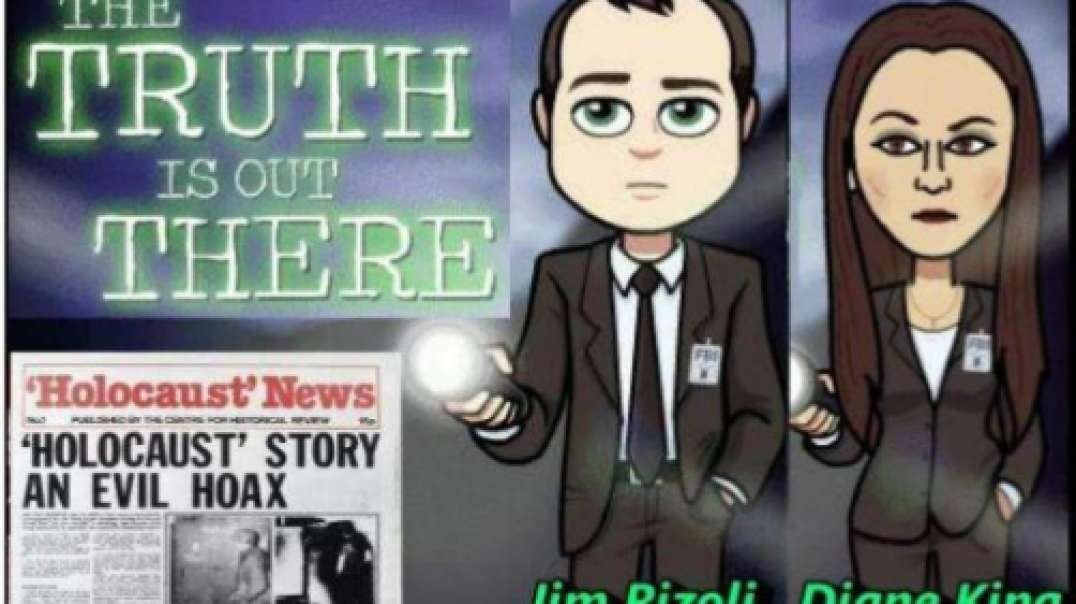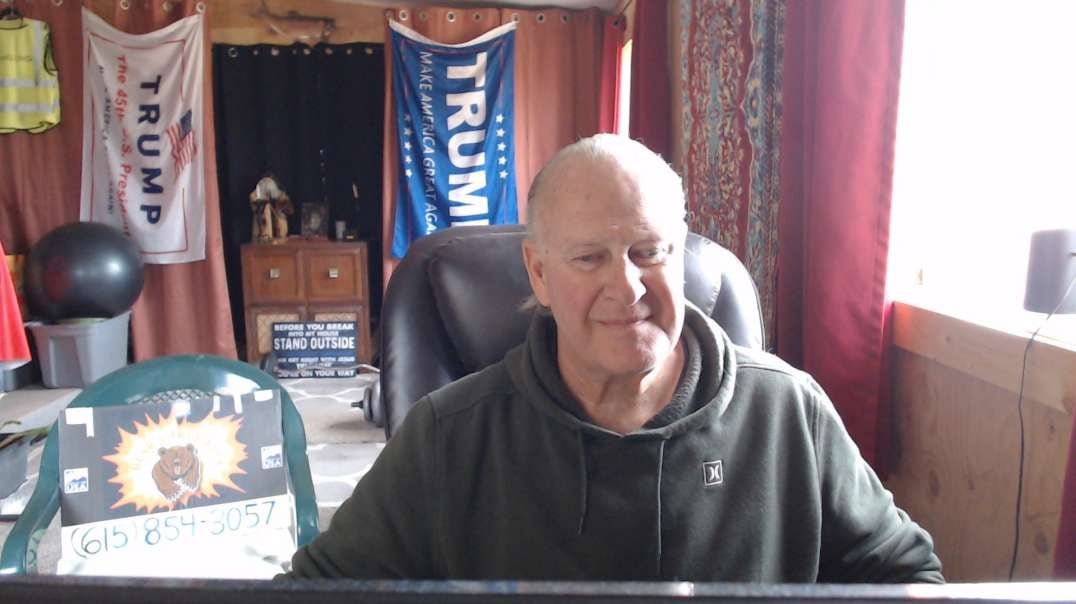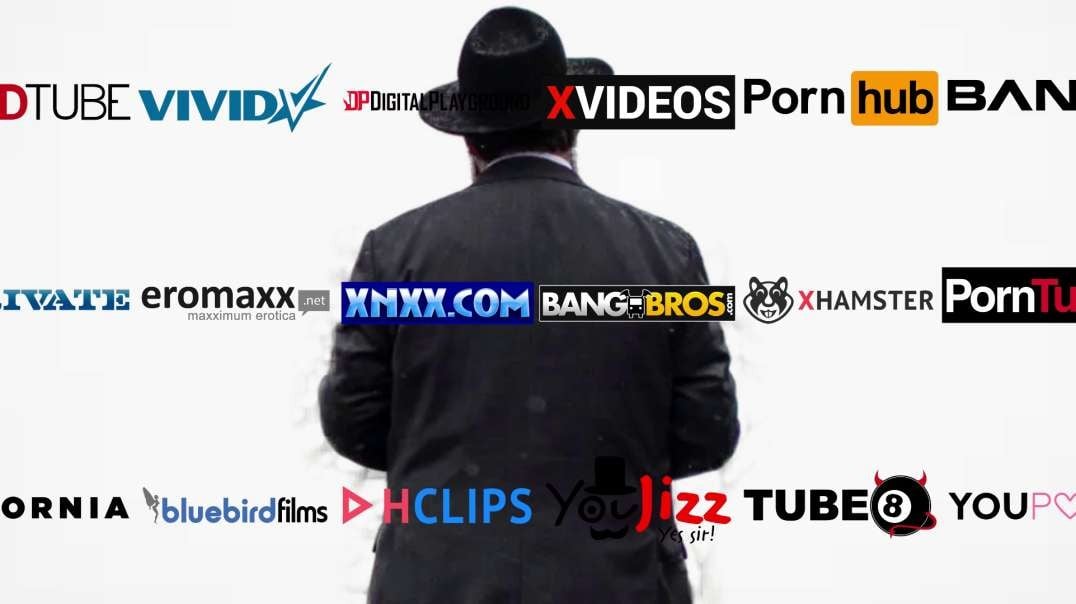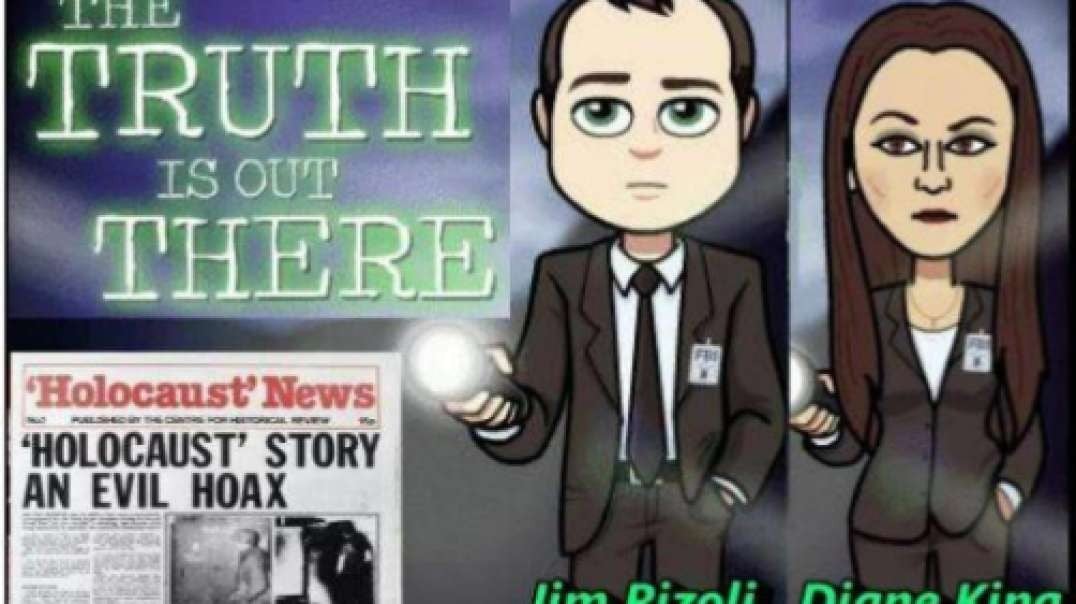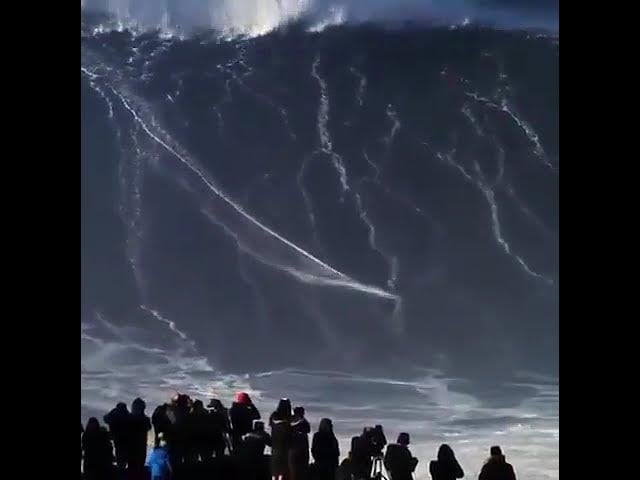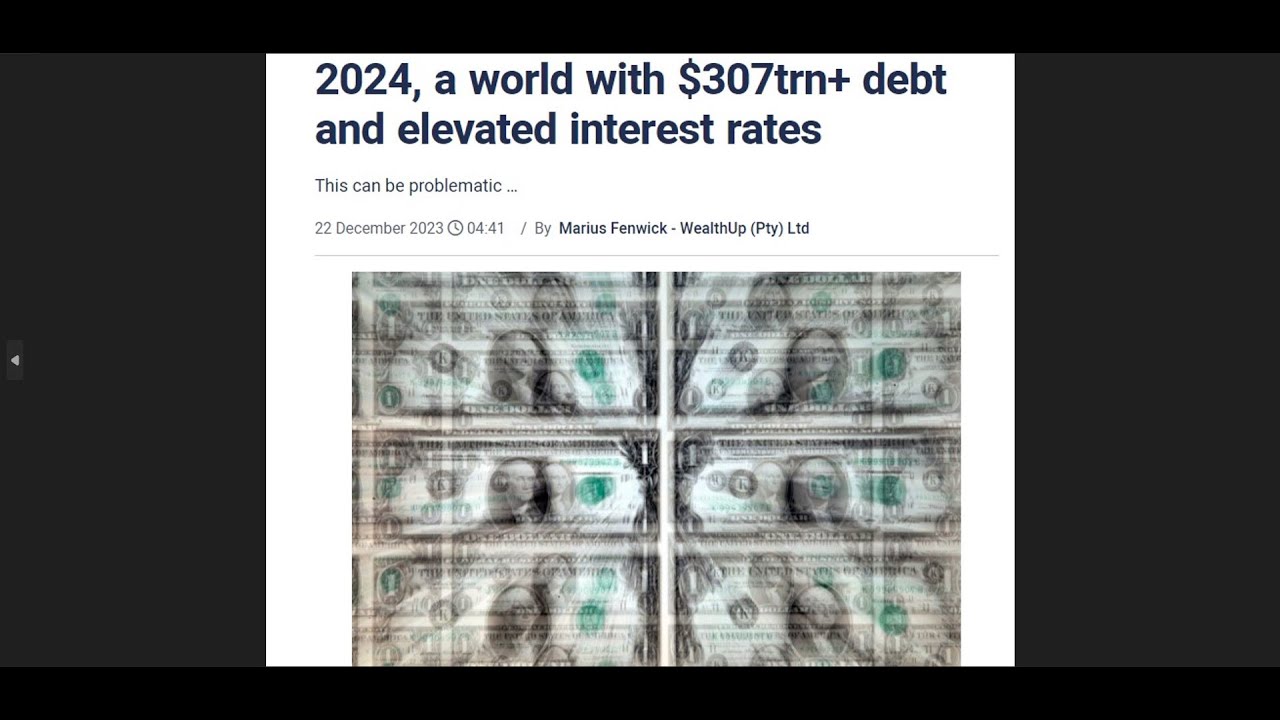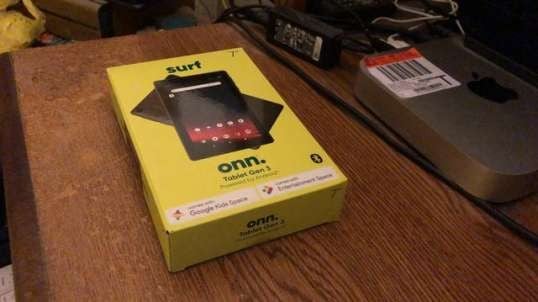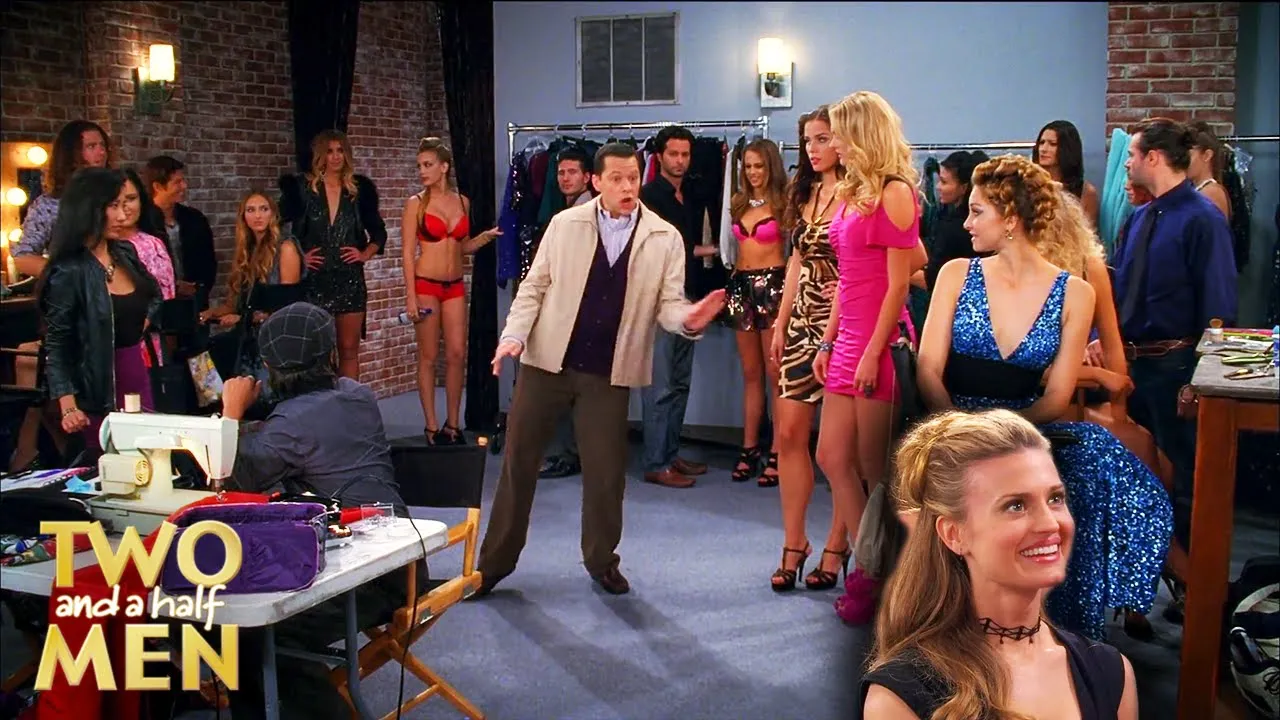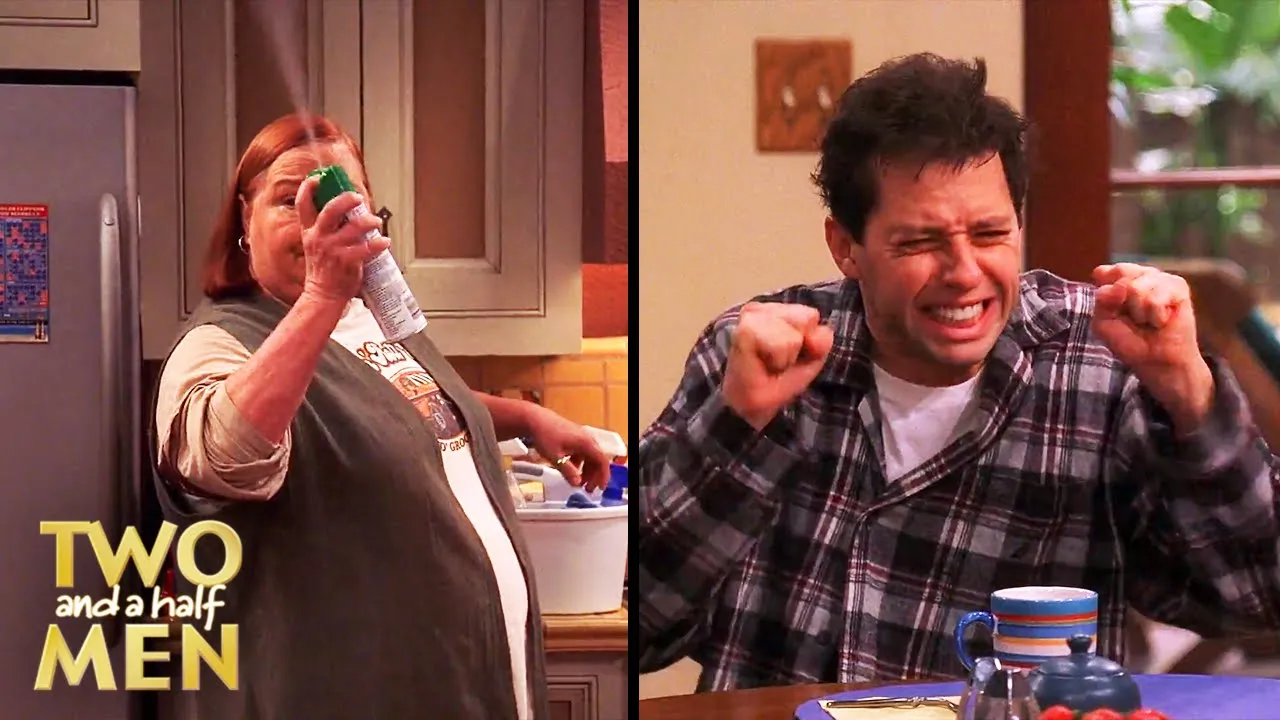Understanding Light and Matter Interaction
In the last part, we looked at how photons are emitted and how this creates an emission and absorption spectrum. In this part, we will examine how light or more specifically electromagnetic radiation can interact with matter and what fingerprint these interactions leave behind.
Previous Video
How is light created: https://youtu.be/WpzzVyGsODA
Please consider supporting this channel through:
https://www.patreon.com/seethepattern
https://www.paypal.me/seethepattern
Merchandise Available:
https://shop.spreadshirt.co.uk/see-the-pattern/
Follow me on:
https://www.facebook.com/SeethePattern
https://twitter.com/PatternSeethe
References:
https://en.wikipedia.org/wiki/Photoelectric_effect
https://en.wikipedia.org/wiki/Phase_velocity
https://www.youtube.com/watch?v=CiHN0ZWE5bk&t=0s
https://www.lavision.de/en/techniques/mie-rayleigh-raman/
https://en.wikipedia.org/wiki/Mie_scattering
https://en.wikipedia.org/wiki/Phase_velocity
https://vlfstanford.ku.edu.tr/research_topic_inlin/introduction-whistler-waves-magnetosphere/
https://sciencedemonstrations.fas.harvard.edu/presentations/collisional-broadening
https://www.astro.uu.se/~ulrike/Spectroscopy.html
00:00 Introduction
00:20 Collisional / Pressure Broadening
02:02 Photoelectric Effect
03:12 Thomson Scattering
04:06 Compton Scattering
04:40 Inverse Compton Scattering
05:03 Double and Multiple Compton Scattering
05:21 Raman Scattering
05:37 Rayleigh Scattering
06:22 Mie Scattering
06:52 Doppler Shift
07:18 Refraction
08:37 Reflection
09:40 Pair Production
10:10 Photodisintegration
10:44 Photofission
11:05 Dispersion Measure
11:43 Whistler Mode
12:10 Cherenkov Radiation

